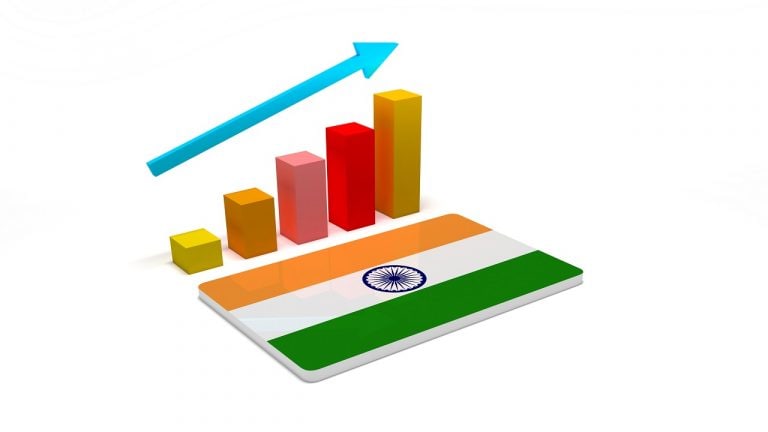Without a well-designed digital infrastructure, the advantages of GST can’t be leveraged to the utmost limits. Mandatory e-invoicing for companies with over Rs 50 crore turnover is a welcome step for the expansion of the financial system as it is going to improve income and compliance base.
The transfer may even give a push to the federal government’s ‘Digital India’ marketing campaign. Complete automation of core providers like return submitting and funds, registration, integration with varied exterior stakeholder methods, real-time knowledge sharing between GSTN and tax administrations are a number of of the essential aims of the brand new guidelines.
The Current System and Benefits of E-invoicing
Till now, companies have been producing invoices by varied software program and manually importing them within the GSTR-1 return. Once the respective provider recordsdata the GSTR-1, the bill info is mirrored in GSTR-2A for viewing solely. In that case, transporters had been required to generate e-way invoice by once more importing the invoices in excel. Under the brand new system, the method of producing and importing bill will stay the identical. The knowledge will seamlessly circulate for not solely GSTR-1 preparation but additionally, for the e-way invoice technology.
The new system goals to boost the benefit of doing enterprise. E-invoicing entails a excessive degree integration between portals corresponding to e-waybill & IRP, STN portal and taxpayer ERP software program. It doesn’t suggest the technology of bill on the GST portal moderately it mandates the submission of an already generated bill on a typical e-invoice portal. Thus, it seeks to automate multi-purpose reporting with a one-time enter. Though the transfer brings with it varied challenges in the way in which companies have been functioning, subsequently, this disruption will ship quite a few advantages. It will save numerous time and efforts that go into GST compliance along with making certain an error-free course of.
Businesses will profit within the following methods by utilizing e-invoice initiated by GSTN:
• Faster availability of real enter tax credit score
• E-invoicing will dispose of the main hole in knowledge reconciliation beneath GST to scale back mismatch errors
• Automation of the tax return submitting course of and backward integration – many related particulars could be auto-populated in returns, particularly for producing
Part-A of e-way payments
• When created on one software program, e-invoices could be learn by one other, permitting interoperability
• Real-time monitoring of invoices ready by the provider
• Lesser chance of audits by the tax authorities
E-invoicing may even assist in curbing tax evasion. It will cut back the possibilities of faux GST invoices as all invoices should be generated by the GST portal. Since one can match the enter credit score with output tax particulars, it turns into simpler to trace faux tax credit score claims. Additionally, tax authorities could have entry to each transaction as they happen in real-time.
Challenges That Lie Ahead
Although the brand new transfer is thrilling, there are some challenges. First, many elements of the nation nonetheless undergo from an absence of digital infrastructure. In such a case, for a small enterprise with a manufacturing facility at a distant location, e-invoicing might seem like a compliance problem as community connectivity is a key problem. Second, giant organisations have to alter their present course of which entails each transactional in addition to operational price. Training must be supplied to all of the involved stakeholders and IT budgets should be redesigned whereas not letting the working capital get affected.
Here are some concerns from a enterprise perspective:
• Grouping distributors in response to their measurement of operations to determine knowledge assortment requirement
• Customisations to the accounting system to make it suitable with the federal government laws
• Identifying the transactions requiring e-invoicing like asset transfers, cross modifications, imports and so forth.
• Updating details about distributors to fulfil the extra info necessities for invoices (PIN codes, financial institution particulars, payee particulars and so forth.)
Summing Up!
E-invoicing is a superb transfer in direction of digital empowerment of the financial system and the resultant optimistic affect on operational effectivity will quickly be realized by companies. MSMEs will routinely get outfitted with expertise environment friendly functioning, superior expertise and transfer in direction of development.
The creator, Rajesh Gupta, is a co-founder at Busy Infotech Pvt Ltd. The views expressed are private




